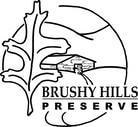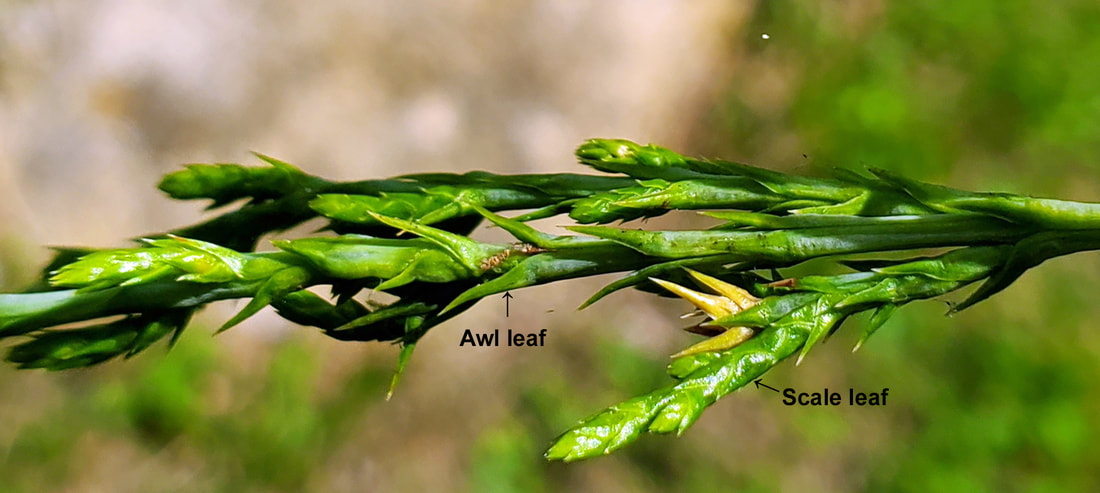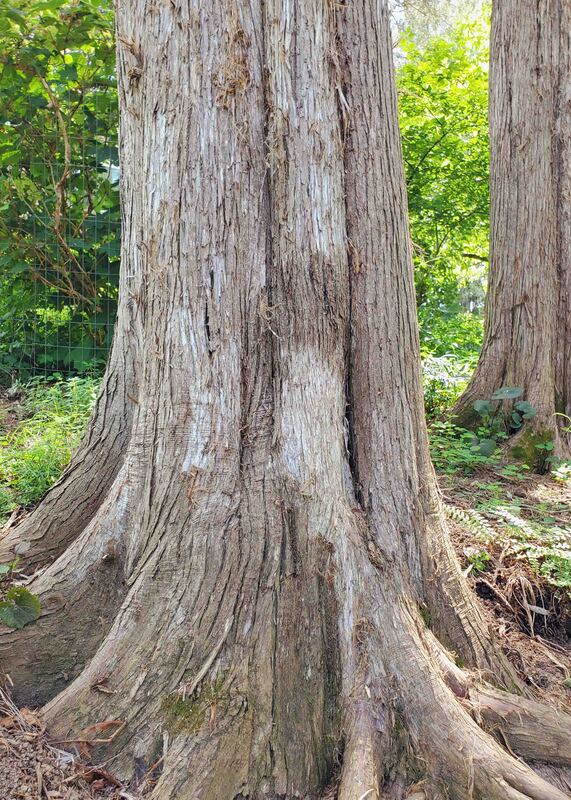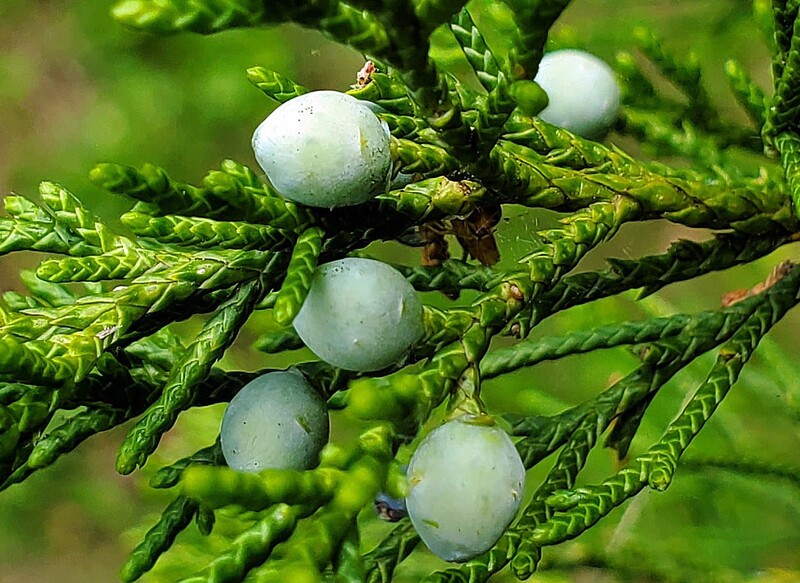Eastern Red Cedar
Scientific Name: Juniperus virginiana
— pronounced jew-NIP-er-us ver-jin-ee-AY-nah
— Juniperus, Latin for juniper tree
— virginiana, of Virginia
Cypress Family (Cupressaceae), distributed worldwide, includes junipers, bald cypress, arbor vitae, and redwoods.
Other Common Names: Cedar, Pencil Cedar, Red Juniper. Technically, this species is not a Cedar but a Juniper.
Eastern Red Cedar is an evergreen. Its leaves are dark green and of two types: on young trees and new shoots, the leaves are awl-like, slender and sharp pointed, 1⁄2” long; on older growth, the leaves are scale-like and overlapping.
— pronounced jew-NIP-er-us ver-jin-ee-AY-nah
— Juniperus, Latin for juniper tree
— virginiana, of Virginia
Cypress Family (Cupressaceae), distributed worldwide, includes junipers, bald cypress, arbor vitae, and redwoods.
Other Common Names: Cedar, Pencil Cedar, Red Juniper. Technically, this species is not a Cedar but a Juniper.
Eastern Red Cedar is an evergreen. Its leaves are dark green and of two types: on young trees and new shoots, the leaves are awl-like, slender and sharp pointed, 1⁄2” long; on older growth, the leaves are scale-like and overlapping.
The bark is reddish-brown to gray in color and peels off in long, narrow, fibrous strips. The trunk is often not cylindrical and may be coarsely fluted.
Eastern Red Cedar is dioecious, producing pollen cones (male flowers) and seed cones (female flowers & fruits) on separate trees. The female tree produces a small, round blue fruit that matures in the fall.
Eastern Red Cedar prefers moist conditions, is intolerant of continuously wet soil, and has the best drought resistance of any native conifer in the eastern United States. Seedlings need direct sunlight to survive and grow.
Eastern Red Cedar is a pioneer species, meaning that it is one of the first trees to repopulate cleared, eroded, or otherwise damaged land. The Red Cedars, here in the Preserve, probably got started in an opening, perhaps due to fire or human clearing. You may also notice, in a few spots, standing dead cedar trees. These cedars were overtopped by taller, more shade tolerant trees.
More info & ID help: VA Tech Dendrology.
Interesting Facts:
Eastern Red Cedar prefers moist conditions, is intolerant of continuously wet soil, and has the best drought resistance of any native conifer in the eastern United States. Seedlings need direct sunlight to survive and grow.
Eastern Red Cedar is a pioneer species, meaning that it is one of the first trees to repopulate cleared, eroded, or otherwise damaged land. The Red Cedars, here in the Preserve, probably got started in an opening, perhaps due to fire or human clearing. You may also notice, in a few spots, standing dead cedar trees. These cedars were overtopped by taller, more shade tolerant trees.
More info & ID help: VA Tech Dendrology.
Interesting Facts:
- Eastern Red Cedar can be long-lived, with the potential to live over 900 years.
- The berry-like cones, relatively high in carbohydrates and fats, are eaten by many songbirds and wild turkeys. The Cedar Waxwing gets its name due to its fondness for the fruit. The fruit is also eaten by Black Bear, Gray Fox, Opossum, Eastern Chipmunk, and White-Footed Mouse.
- Several birds use strips of Red Cedar bark as nest building material.
- Unlike most coniferous trees, whose leaf litter makes the soil more acidic, the litter of the Eastern red Cedar is high in calcium and tends to make the soil more alkaline.
- Gin gets its name from, genièvre, the French for the juniper berry, altered by the Dutch to genever, and shortened by the English to gin. The one ingredient that all gins have in common is juniper. The berries are usually added during the distillation process.



